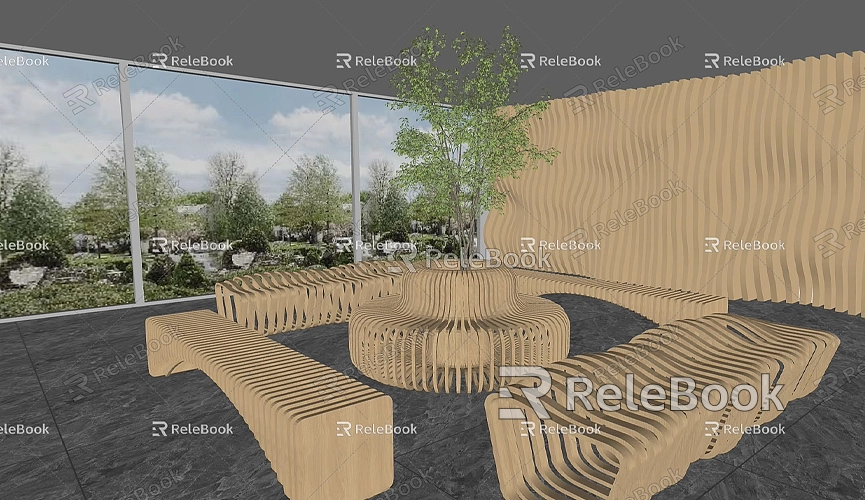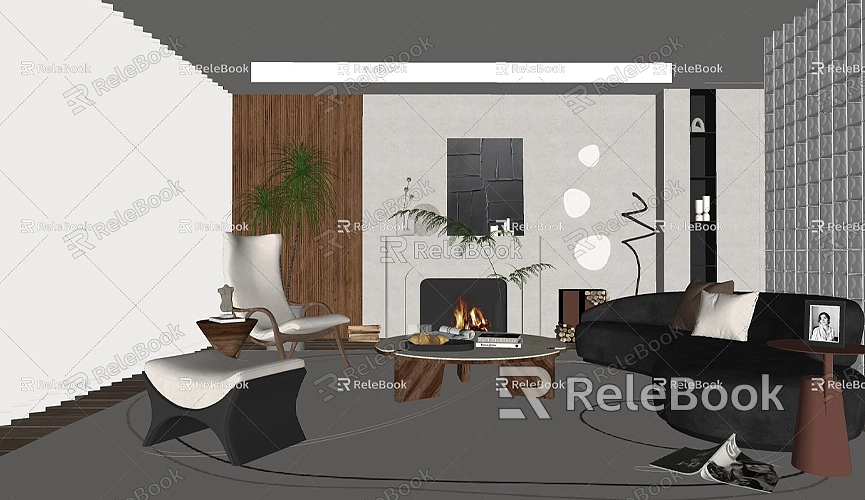How to Flatten SketchUp Model
When working with 3D modeling in SketchUp, there are times when you need to flatten complex 3D models for printing, texturing, or importing into other software. Flattening a model not only reduces file complexity but also simplifies subsequent processing. This article will detail how to flatten a model in SketchUp, along with some common tips and methods.
What Does Flattening a Model Mean?
Flattening a model means converting a 3D model into a 2D plane. This operation is common in fields like architectural and product design. For example, when creating elevation drawings, designers need to flatten 3D building forms into 2D graphics for further drafting.

Preparation
Before you start flattening your model, make sure your SketchUp software is installed and that you have a model ready to be flattened. If your model is quite complex, it’s advisable to simplify it first by removing unnecessary details or merging similar parts to reduce potential complexity after flattening.
Using the "Flatten" Technique
While SketchUp does not have a direct "flatten" tool, you can achieve this effect through alternative methods. First, select the model you want to flatten. Next, go to the "Edit" menu and choose "Copy." You can then copy the model to a new workspace to avoid direct modifications on the original model.
Creating a New Plane
The key to flattening is placing the 3D model onto a new 2D plane. To do this, create a new plane in SketchUp using the rectangle tool to draw a sufficiently large plane, then position your model on this plane.

During this process, you may need to use the "Move" tool to adjust the model’s position. Ensure that all parts of the model are within this plane for the flattening operation to proceed smoothly.
Exporting as a 2D Graphic
Once the model is successfully placed on the new plane, the next step is to export it as a 2D graphic. In SketchUp, select the "File" menu and find the "Export" option. Then choose "2D Graphic," and in the export settings, select an appropriate format such as PNG or JPEG. This will yield a flattened image of your model.
Enhancing Functionality with Plugins
If you wish to achieve a more efficient flattening effect, consider using plugins. SketchUp has many excellent plugins that assist users in completing complex modeling tasks. For instance, the "Flatter" plugin allows for easier model flattening by converting 3D models into 2D planes, eliminating the hassle of manual operations.
Installing plugins is straightforward; just visit SketchUp’s Extension Warehouse, find a suitable plugin, and install it. After installation, restart SketchUp to access these new features.
Consider Textures and Materials
Handling textures and materials is also crucial during the flattening process. If your model has complex textures, flattening might cause distortion. It’s advisable to separate textures before flattening, and then reapply them after the process is complete.
If you need high-quality 3D textures and HDRIs for your models and virtual scenes, you can download them for free from [Relebook Textures](https://textures.relebook.com/). These resources can help you add detailed textures back to your flattened model, enhancing its realism. Additionally, if you require exquisite 3D models, you can find them at [Relebook Models](https://3dmodels.relebook.com/), which offers a wealth of high-quality 3D resources to support your design work.
Conclusion
While the process of flattening a model in SketchUp may seem simple, it involves several details that require attention. By effectively using tools and plugins, you can efficiently complete the flattening operation. Furthermore, properly managing textures and materials can enhance the visual appeal of your model, leading to outstanding final results.
We hope the methods provided in this article help you successfully flatten models in SketchUp, improving your workflow efficiency. By mastering these techniques, you will be better equipped to handle various modeling tasks and create impressive design projects.

